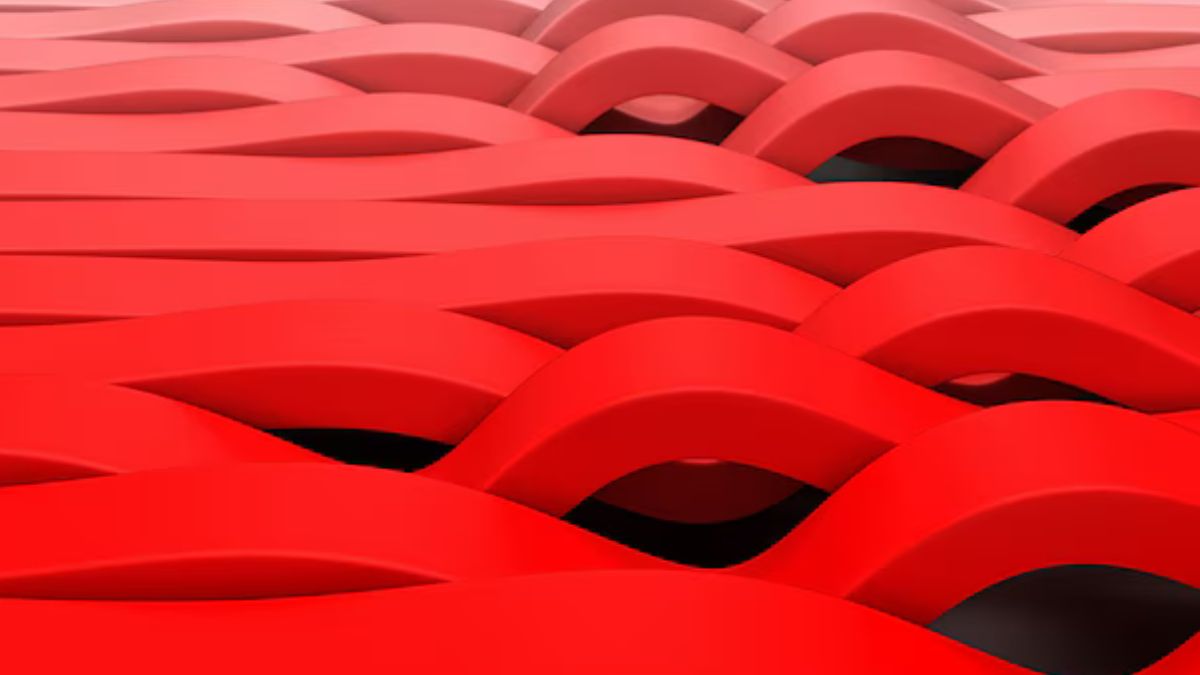What Is the 1.5f8-p1uzt Texture and Why Does It Matter?
When it comes to advanced material science and tactile design, few terms spark as much curiosity as the 1.5f8-p1uzt texture. This specialized surface profile is redefining how we interact with everyday products, from ergonomic tools to high-end consumer electronics. But what exactly is the 1.5f8-p1uzt texture, and why has it become a benchmark in modern design?
The Science Behind the 1.5f8-p1uzt Texture
The 1.5f8-p1uzt texture is a precisely engineered surface finish characterized by a unique micro-ridged pattern with a depth-to-pitch ratio of 1.5f8, followed by a proprietary polymer coating labeled ‘p1uzt.’ This combination delivers unmatched grip, reduced friction, and enhanced tactile feedback. Unlike traditional textures that rely on random abrasives, the 1.5f8-p1uzt texture uses computational modeling to align microstructures in a way that maximizes user control while minimizing wear.
Engineers and industrial designers appreciate the 1.5f8-p1uzt texture because it maintains consistency across mass production. Whether applied to surgical instruments or smartphone cases, the texture performs reliably under stress, moisture, and repeated use. Its durability stems from the p1uzt layer—a nano-composite that resists peeling, cracking, and chemical degradation.
Where the 1.5f8-p1uzt Texture Is Changing the Game
The versatility of the 1.5f8-p1uzt texture is one of its strongest selling points. It’s not just for one industry—it’s transforming multiple fields. In sports equipment, for instance, golf clubs and tennis rackets with the 1.5f8-p1uzt texture offer players improved swing control and reduced hand fatigue. The same principle applies to power tools, where grip stability can mean the difference between precision and injury.
Medical and Assistive Applications
In healthcare, the 1.5f8-p1uzt texture is being integrated into prosthetics, mobility aids, and diagnostic tools. Patients with limited dexterity benefit from surfaces that are easy to grasp without requiring excessive force. The texture’s anti-slip properties also make it ideal for hospital equipment that must remain secure on smooth countertops or gurneys.
Even in assistive tech, such as smart canes or wearable devices, the 1.5f8-p1uzt texture enhances usability by providing consistent tactile cues. This consistency helps users build muscle memory, leading to greater independence.
Consumer Electronics and the 1.5f8-p1uzt Texture
Modern smartphones, tablets, and wearables are adopting the 1.5f8-p1uzt texture for back panels and side grips. Unlike glossy finishes that attract fingerprints and slip easily, this texture offers a subtle, matte-like feel with superior adhesion. Users report fewer accidental drops and better one-handed operation—especially in humid or wet conditions.
Designers also love the aesthetic flexibility of the 1.5f8-p1uzt texture. It can be applied in uniform patterns or customized gradients, allowing brands to create signature tactile identities. Whether it’s a luxury watch or a rugged outdoor speaker, the texture adds both function and form.
Future Innovations and Customization
Researchers are now exploring adaptive versions of the 1.5f8-p1uzt texture—surfaces that can change firmness or pattern based on temperature, pressure, or user preference. Imagine a steering wheel that adjusts its grip in real time or a gaming controller that responds to hand moisture levels. These innovations are closer than you think.
The 1.5f8-p1uzt texture is also being tested in aerospace and automotive interiors, where safety and comfort are paramount. Its resistance to UV exposure and extreme temperatures makes it ideal for cockpit controls and gear shifters.
Final Thoughts on the 1.5f8-p1uzt Texture
From labs to living rooms, the 1.5f8-p1uzt texture is proving that surface design is anything but superficial. It’s a fusion of physics, material science, and human-centered engineering. As more industries adopt this advanced finish, we’re likely to see even more creative applications—proving that sometimes, the smallest details make the biggest impact.








Leave a Reply